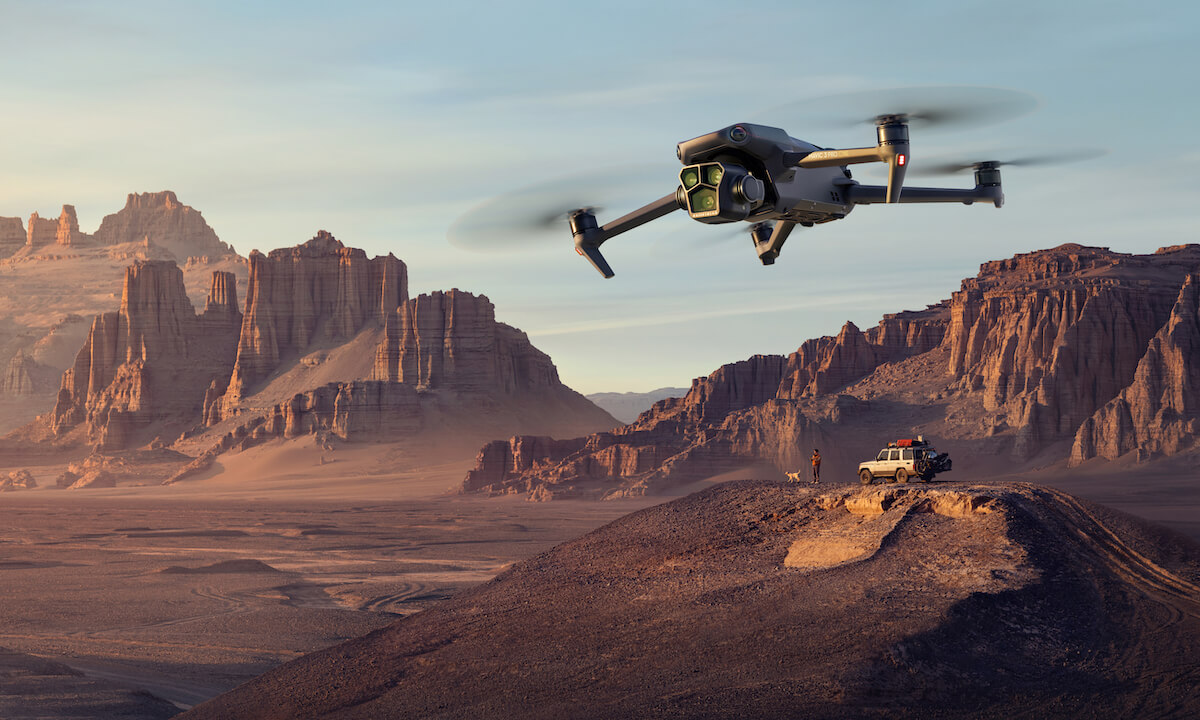In the fascinating realm of apiculture, the intriguing phenomenon of male drone bee congregation offers an enchanting sight for both enthusiasts and researchers alike. These congregations are not just a casual assembly of bees; they represent a critical aspect of bee ecology and the reproductive strategies within the hive. A large photo capturing this swarm of male drone bees highlights their unique behavior, drawing attention to their singular purpose in the ecosystem.
Understanding Drone Bees
Drone bees are the male members of the bee colony, born solely to mate with a queen. Unlike worker bees, drones do not engage in nectar gathering, hive cleaning, or nurturing the young. Their lifecycle is uniquely dedicated to reproduction, which is why congregations are significant. These gatherings occur when male drones come together in specific areas known as drone congregation areas (DCAs), usually in open spaces away from the hive.
Ecological Significance
DCAs are a hive of activity where numerous drones from different hives meet. The significance of these gatherings cannot be understated as they serve the crucial purpose of ensuring genetic diversity and robust colony health. Researchers have noted that the strategic meetings help prevent inbreeding by allowing drones to mate with queens from other colonies.
Characterizing Drone Congregations

Observing a male drone bee congregation provides insight not only into bee biology but also into their social dynamics. These congregations can span hundreds or thousands of bees, forming impressive swarms around 20-30 meters above ground.
The role of photography in documenting these assemblies is profoundly important. Capturing a large photo of these gatherings allows for detailed study and analysis, helping scientists and beekeepers alike understand the variations in drone activity and congregation patterns. Photos offer a snapshot into the usually unseen world of drones in their natural behavior, providing data that supports vital research into hive health and management.
Photo Techniques and Challenges
Photographing drone congregations is not without challenges. The swarms are rapidly moving, and capturing their intricate patterns requires skill and patience. Utilizing techniques such as high-speed photography and zoom lenses allows photographers to freeze moments of swarming activity, revealing details that are otherwise invisible to the naked eye.
Impact of Drone Photos on Bee Research
High resolution and large photo documentation have indeed revolutionized how researchers approach the study of bees. These images provide visual data that can be analyzed for patterns, swarm density, and hive activity, shedding light on the ecological variables that affect drone congregations.
Preserving Bee Populations
Through photography, conservation efforts gain substantial support as these moments captured in time underscore the importance of protecting bee habitats. By understanding drone congregations, we are better equipped to contribute to effective conservation strategies, ensuring these vital insects continue their essential ecological functions.
FAQs
What is the primary purpose of drone bees in a colony?
Drone bees primarily exist for reproduction. Their main purpose is to mate with queen bees, ensuring genetic diversity and colony strength.
Why are drone congregation areas important?
Drone congregation areas are crucial because they provide a centralized location for drones from various colonies to meet and mate with queens from different hives, promoting genetic diversity.
How can photography help in bee conservation?
Photography helps in bee conservation by providing visual documentation of bee behavior and interaction, essential for research and strategic conservation efforts.